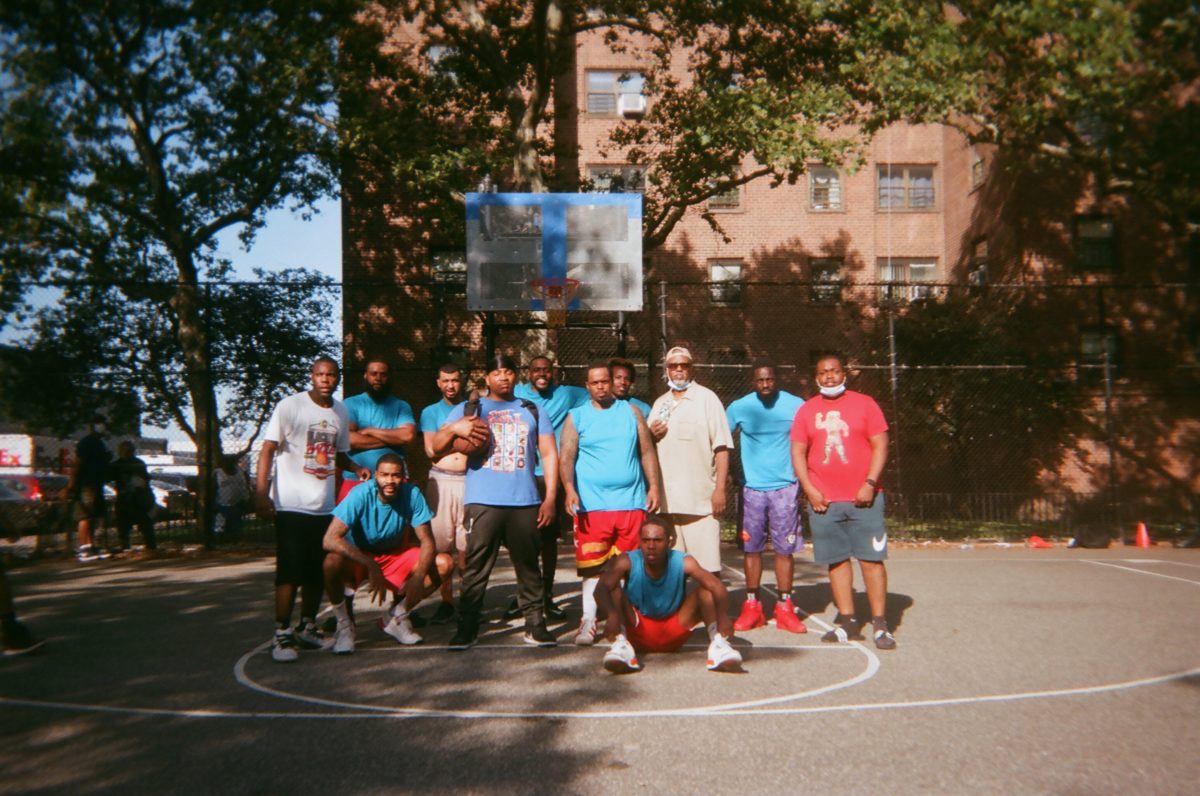
Early last year, the basketball court at the base of the Cooper Housing Projects in Williamsburg, like most around the five boroughs, had no nets. It’s a busy court, and neighborhood residents had attached their own temporary nets to the rims; the remnant zip ties and duct tape were left dangling, mere frames. The court’s standard game lines, which indicate the game’s dimensions and placements, were twenty years old, nearly invisible. That summer, in an homage to Taurean Spears, the Brooklyn-based basketball player who’d passed away the previous spring, the artist Jeremy John Kaplan and a group of Spears’s friends and family gathered at the court—Spears’s most frequented spot—to install a new dyed-gold net, attached tight enough to avoid breakage. Together they painted fresh game lines, kickstarting Everything for Taurean (E4T), an annual tournament in Spears’s honor—a father of two young children and a spirited player, Spears was the best shooter at Cooper.
You have reached your article limit
Sign up for a digital subscription and continue reading all new issues, plus our entire archives, for just $1.50/month.
Already a subscriber? Sign in




